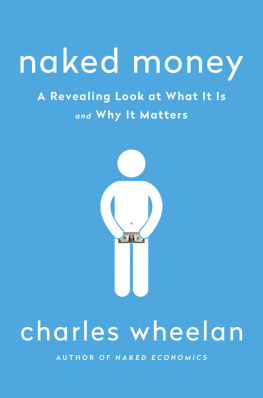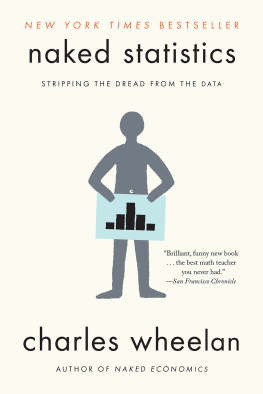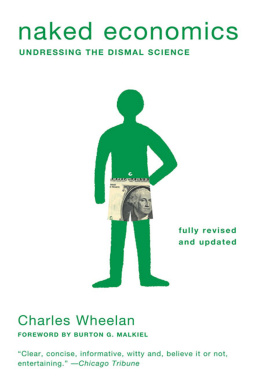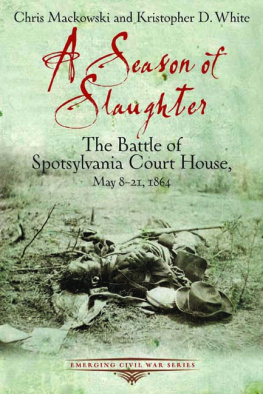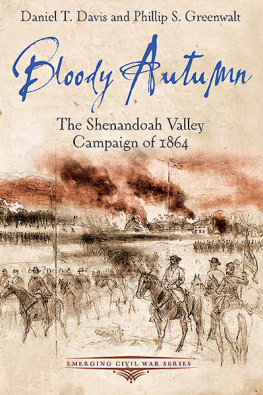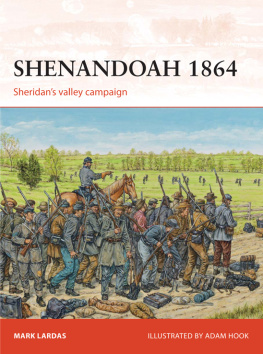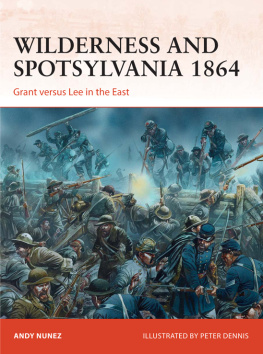BLOODY SPRING

Copyright 2014 by Joseph Wheelan
All rights reserved. No part of this publication may be reproduced, stored in a retrieval system, or transmitted, in any form or by any means, electronic, mechanical, photocopying, recording, or otherwise, without the prior written permission of the publisher. For information, address Da Capo Press, 44 Farnsworth Street, 3rd floor, Boston, MA 02210.
Designed by Timm Bryson
Set in 11 point Adobe Garamond Pro by The Perseus Books Group
Library of Congress Cataloging-in-Publication Data
Wheelan, Joseph.
Bloody spring : forty days that sealed the Confederacys fate / Joseph Wheelan.
pages cm
Includes bibliographical references and index.
ISBN 978-0-306-82207-0 (e-book) 1. Overland Campaign, Va., 1864. I. Title.
E476.52.W46 2014
973.736dc23
2013048710
Published by Da Capo Press
A Member of the Perseus Books Group
www.dacapopress.com
Da Capo Press books are available at special discounts for bulk purchases in the United States by corporations, institutions, and other organizations. For more information, please contact the Special Markets Department at the Perseus Books Group, 2300 Chestnut Street, Suite 200, Philadelphia, PA 19103, or call (800) 810-4145, ext. 5000, or e-mail .
10 9 8 7 6 5 4 3 2 1
To the memory of my father,
John R. Wheelan, USMC (Ret.),
who knew firsthand what war is
CONTENTS
Illustrations following
Anyone embarking on a Civil War project encounters a dazzling body of work by scholars and military historians who have dedicated their careers to various aspects of the most divisive period in the nations history.
In the first rank stand Douglas Southall Freeman, Shelby Foote, Bruce Catton, James McPherson, Alan Nevins, James Robertson Jr., and William McFeely. Besides these giants, there is a legion of other historians and writers, too, who provide the important service of describing the wars military operations, large and small.
I am indebted to them all, and to the libraries and librarians that led me to the primary sources that I needed.
Foremost among these is the University of North Carolina at Chapel Hill. The shelves at Davis Library hold a vast collection of Civil War memoirs, diaries, journals, and unit histories, as well as hundreds, if not thousands, of battle histories and biographies. The North Carolina Collection and Southern Historical Collection at UNCs Wilson Library contain first-person accounts that could not be found anywhere else.
The State Archives of North Carolina in Raleigh and the Library of Virginia and the Virginia Historical Society Library in Richmond also provided important information and insights.
Finally, this book is a testament to the support of my wife, Pat, scientist and student of history, and to our ongoing conversations about the past.

If I am obliged to retire from this line, either by a flank movement of the enemy or the want of supplies, great injury will befall us.
ROBERT E. LEE TO JEFFERSON DAVIS
Monday, May 2, 1864 Clarks Mountain, Virginia
BELOW THE MOUNTAINTOP where Robert E. Lee and his eleven lieutenants were gathered, the Rapidan River flowed peacefully eastward toward its union with the Rappahannock. Across the water to the north, it was all activity in the sprawling Union army encampment. The camp extended several miles north to Culpeper, where General Ulysses Grant had made his headquarters, and which coincidentally also happened to be the birthplace of A. P. Hill, one of the generals on Clarks Mountain. Through his spyglass, Lee studied the vast city of canvas tents, wooden huts, smoky fires, horses and wagons, and men under arms. I think those people over there are going to make a move soon, he told his generals.
The warm, sunny weather had made their ride up the 1,100-foot dome-shaped mountain almost seem like a lark, but there was nothing lighthearted about the business at hand: the beginning of the wars fourth campaigning season. The men in the pewter-gray uniforms with the gold-starred collars knew there would be few occasions in the coming months for outings such as this, unspoiled by gunfire.
Early springs bright-green foliage rioted among the undulating hills below. To the east, a tangled snarl of vegetation crowded the Rapidans southern shore. Concealed by a dense canopy of second-growth trees, vines, and matted undergrowth, the forbidding region known as the Wilderness encompassed fifteen square miles of low ridges, hollows, sluggish streams, and swamps. Exactly a year ago, Lee had fought Joe Hookers army there and had driven the Yankees back over the river, although at a terrible pricethe loss of General Thomas J. Stonewall Jackson. Six months later, George Meade led the Army of the Potomac over the river again, but withdrew when Lees army burrowed into impregnable defensive positions at Mine Run.
Lee directed his generals attention to the opaque-green jungle, and to two river fords six miles apart, Elys and Germanna. Through their field glasses, the officers studied the crossings. Lee told them that Grant would soon cross the Rapidan at one or both of those places.
Lee had a knack for placing himself in his adversaries boots, but it was just one of the ways that he anticipated their moves. A lifelong student of warfare, Lee had spent weeks studying the terrain and the proclivities of his new opponent, Grant.
Since March, when Grant was named general-in-chief of all Union armies, Lee had known that he would ready the Army of the Potomacs three corps, nominally under Meades command, for a major offensive. Every train brings it [the Union army] recruits, and it is stated that every available regiment at the North is added to it, Lee had told Jefferson Davis, the Confederacys president and de facto war secretary, on March 30. General Ambrose Burnside, Lee wrote, was at Annapolis with yet another Union corps. On April 9, he informed Davis that the fact that additions have been made to General Meades army is shown by an increase of tents, and a week later he urged Davis to quickly send rations, supplies, and forage, as well as more cavalry and artillery. If I am obliged to retire from this line, either by a flank movement of the enemy or the want of supplies, great injury will befall us, Lee warned. On April 18, Lee sent the armys surplus baggage to the rear in anticipation of action.
Two days before the expedition to Clarks Mountain, Lees skill in seeing things through an adversarys eyes produced a remarkably accurate set of predictions that he shared with Davis. In addition to the Army of the Potomacs campaign, Lee told Davis, there will no doubt be a strong demonstration made north and south of the James River, which [General Pierre G. T.]
Here on the Rapidan, Lee and his generals agreed that the bustle in the enemy camps indicated that the long-anticipated offensive was nearly at hand. But would the blow strike the Rebel right, prefatory to a drive south to Richmond, or land on its left, the preamble to a march to the railroad junction at Gordonsville, followed by a descent on Richmond from the west? Lee and his generals didnt have the answer; they must wait for Grant to act.
Next page

